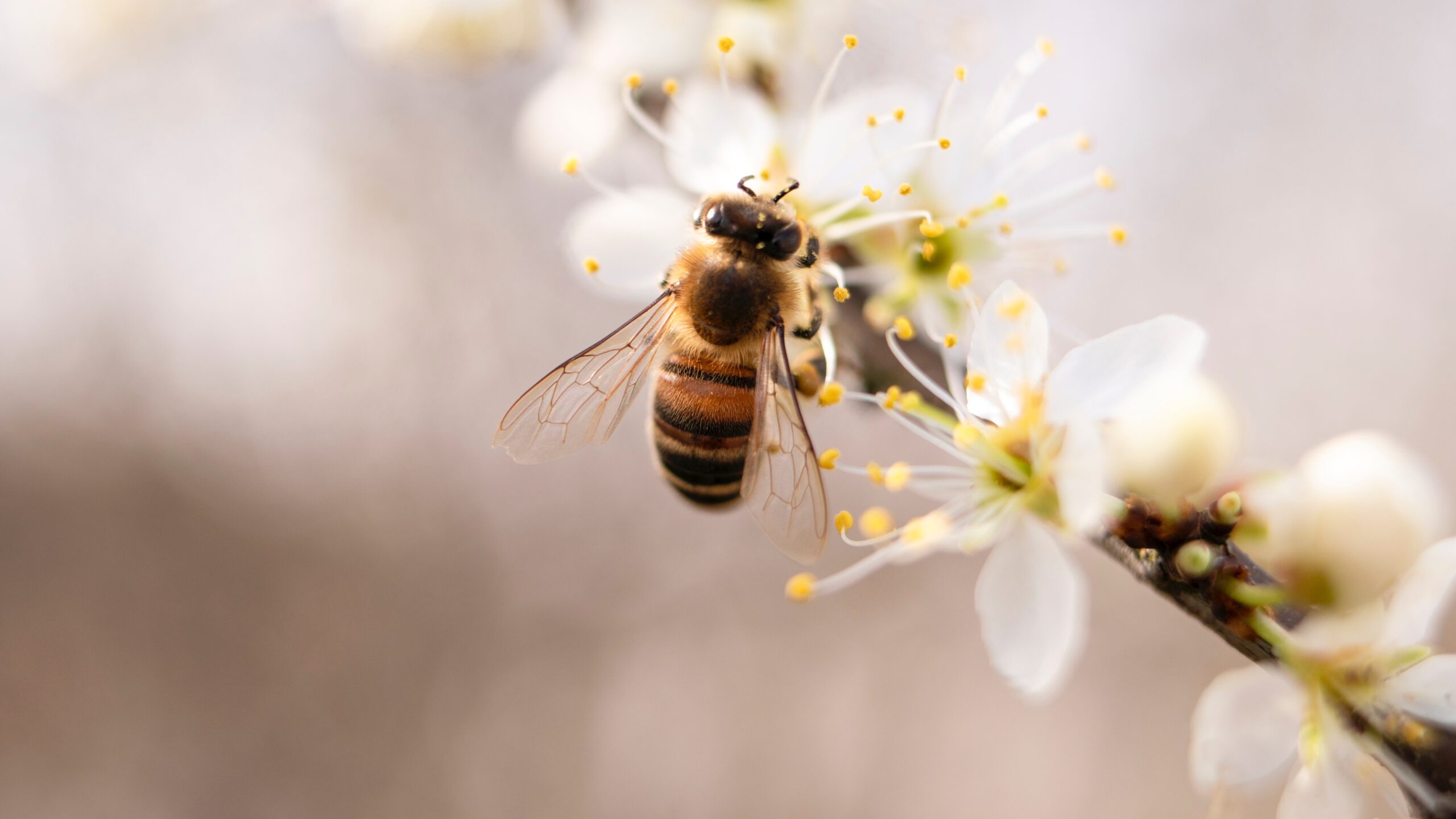The University of California, Riverside, is leading a new effort to halt and reverse a global honeybee decline that is threatening food security and prices. To help increase a declining population, the U.C. Presidents office has awarded $900,000 to a four-campus network of honeybee researchers and engineers. Bumblebees are integral parts of Californias ecosystem, but the group says populations have been declining for decades due to changes in land use, excessive use of pesticides, and diseases carried by commercial honeybees. Like many pollinators, including bats, birds, butterflies, moths, flies, beetles and small mammals, many of Californias wild honeybee species are threatened. [Sources: 6, 7, 9]
Populations of four species of bees – Crotch, Franklins, Suckleys and Western Bumblebees – have declined dramatically, and the Franklins are hard to find, said Kim Delfino, the director of the Defenders of Wildlifes California Program. Information on the abundance and distribution of bumble bees is limited in California, but suggests that a few species are declining, consistent with global trends. The truth is, bee colonies are hardly declining, and in fact, they have been increasing over the past few years (see chart below). In fact, U.S. honeybees are doing pretty well, both in terms of the number of hives and their accessibility for crop pollination. [Sources: 4, 7, 8]
Just about every honey bee colony for sale in the US spends at least some part of the year in California, so regulations are incredibly important for protecting US pollinators. The ruling would protect the commercial honey bee colonies that visit California during blooms for massive almond crops, and also the native pollinators such as the monarch butterflies during spring. A pollinator-protection law went into effect last January in California under the states Bee Where Initiative. Collapsed honeybee colonies are a major threat to the nations food system, as well as to the larger ecosystem on which we all depend. [Sources: 3, 5]
There are myriad reasons for the decline of the honey bee population across North America and Europe, all falling into the category of colony collapse disorder (CCD), the phenomenon where workers of either one honey bee beehive or one European honey bee colony suddenly vanish. Several factors including pesticide exposure and parasite transmission, as well as environmental changes are responsible for honey bee colonies collapsing widely in the last ten years. Since beekeepers began noticing higher losses among their colonies in the early 2000s, agriculture agencies, researchers, and the beekeeping industry have worked together to understand the causes and to develop better management practices to mitigate their losses. In recent years, beekeepers reported losing an average of 30% of their entire bee colonies every winter – double the losses considered economically tolerable. [Sources: 1, 2, 6, 10]
U.S. national agricultural statistics indicate that the honeybee population has declined from an estimated six million hives in 1947 to 2.4 million in 2008, a drop of 60 percent. In 2006, David Hackenberger – a beekeeper for 42 years – reported 90 percent death rate in his 3000 hives. In the United States — in crops requiring honeybees to pollinate them — bee colonies have declined by 90 percent per hectare since 1962. [Sources: 0]
##### Sources #####
[0]: https://www.greenpeace.org/usa/sustainable-agriculture/save-the-bees/
[1]: https://ocm.auburn.edu/newsroom/news_articles/2021/06/241121-honey-bee-annual-loss-survey-results.php
[2]: https://www.farmprogress.com/tree-nuts/california-almonds-threatened-honey-bee-shortage
[3]: https://www.theguardian.com/environment/2020/jan/07/honeybees-deaths-almonds-hives-aoe
[4]: https://www.forbes.com/sites/stevensavage/2022/04/30/honeybees-are-not-in-decline-but-the-beekeeping-industry-does-face-challenges/
[5]: https://earthjustice.org/news/press/2021/court-rejects-californias-approval-of-bee-killing-pesticide-sulfoxaflor
[6]: https://news.ucr.edu/articles/2021/01/07/scientists-developing-new-solutions-honeybee-colony-collapse
[7]: https://www.capradio.org/articles/2020/02/05/if-bumble-bees-become-endangered-in-california-farmers-say-it-sets-a-dangerous-precedent/
[8]: https://wildlife.ca.gov/Science-Institute/Pollinators
[9]: https://www.cnps.org/flora-magazine/small-wonders-the-plight-and-promise-of-californias-native-bees-23883
[10]: https://environmentcalifornia.org/feature/cae/no-bees-no-food



